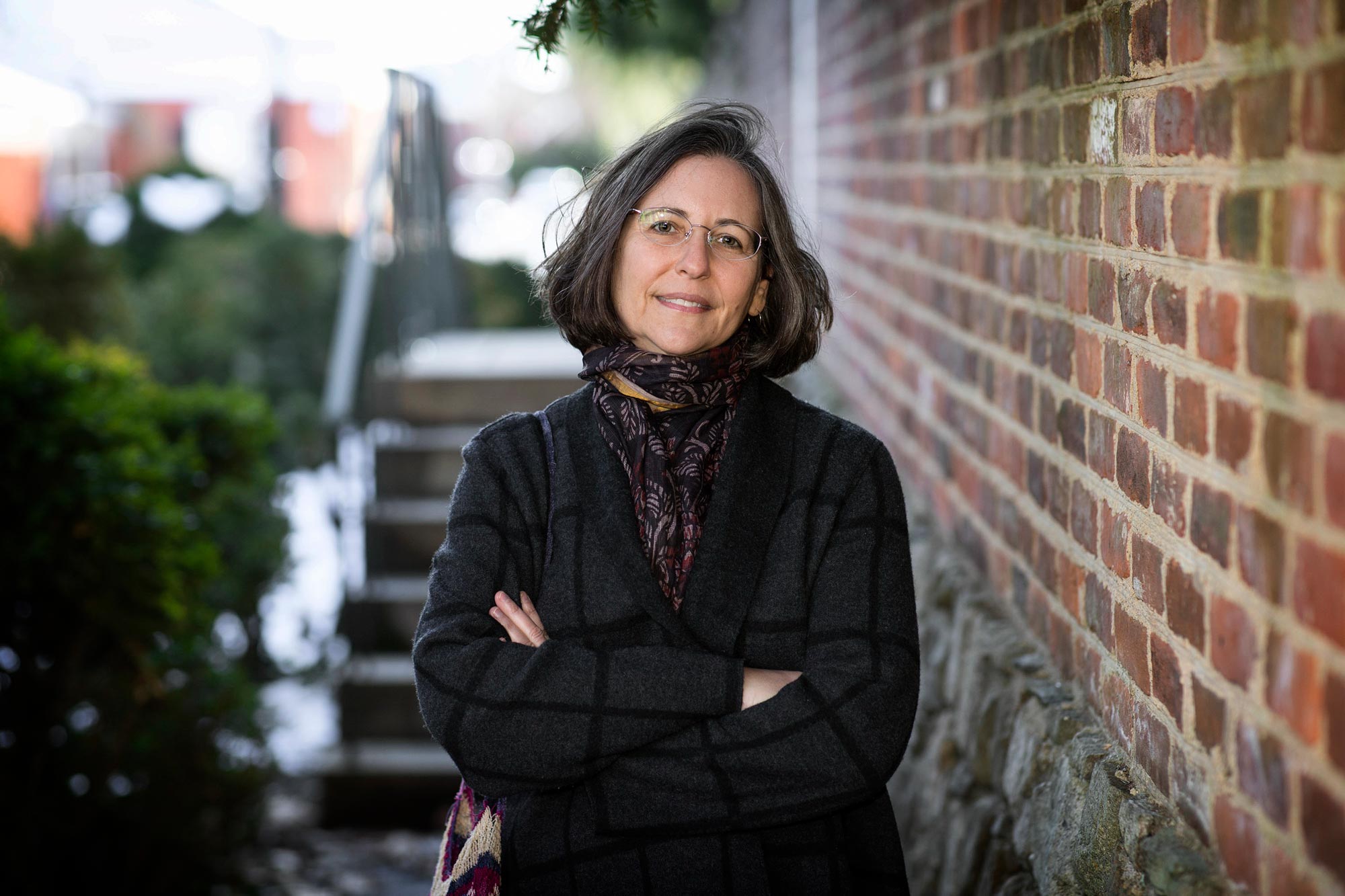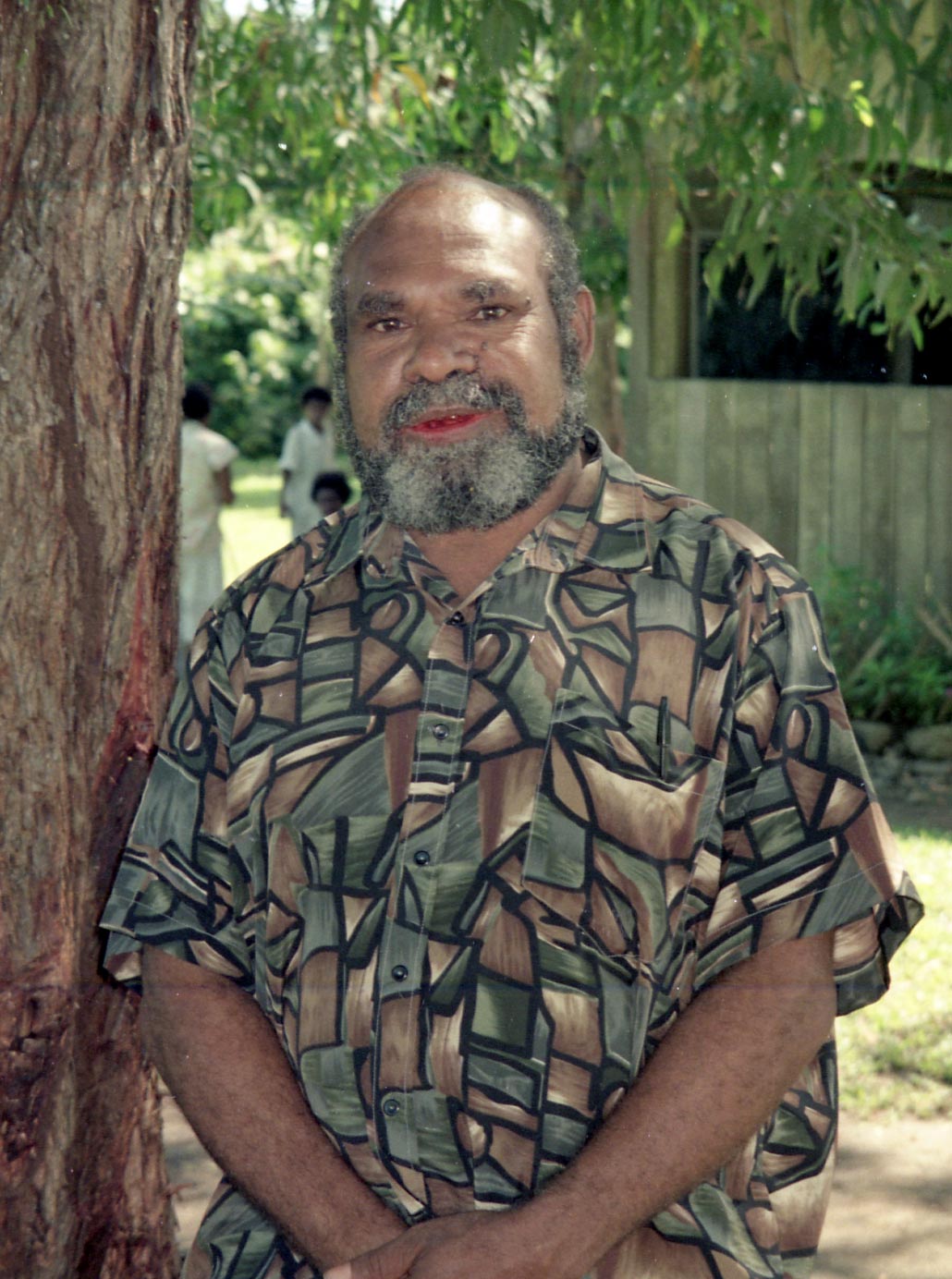In 2006, University of Virginia anthropologist Lise Dobrin received a document attached to an email from a man she knew in Papua New Guinea, where she had conducted fieldwork for her dissertation several years earlier. The document told the story of the history of the man's village. He wrote that he was afraid if he didn’t write it, no one else would.
“I feel the urge to write because just as day fades into darkness, so do our memories fade from realities into fantasy and eventually silence. Death scatters our memories.”
Thus wrote Bernard Narokobi about putting down on paper the “History of Wautogik Village” in Papua New Guinea.
Narokobi, an important late-20th-century political and cultural figure in that country, told Dobrin when he sent her the manuscript about his village that he could not claim ownership and publish it.
He would’ve wanted to show his written account to elders – “knowledge holders” – so they could review it and make corrections, but the people he thought could do that had all died, he told Dobrin.

Lise Dobrin, a linguist in the anthropology department, first conducted fieldwork on the traditional Papua New Guinea language of Arapesh in the late 1990s. (Photo by Dan Addison, University Communications)
“There’s no formal group or bureaucracy that would decide what or what not to include,” she said. “That’s typical of oral culture. There’s not always agreement on the details. There’s no definitive version.”
Instead, Narokobi, who died in 2010, trusted Dobrin with the document – which only existed as a Word file – and his family gifted it to UVA’s Albert and Shirley Small Special Collections Library.
Now, Dobrin has found a way to address Narokobi’s concerns while giving this story a public, interactive place for the Arapesh people of Papua New Guinea, many of whom have moved away from their ancestral village, and making it accessible to researchers.
With a year-long National Endowment for the Humanities-Mellon Fellowship for Digital Publication, she will make this “remarkable cultural and historical resource” available online. The site, put together with help from programmers in UVA’s Institute for Advanced Technology in the Humanities, will include links to dialogue boxes, audio, video and maps to explain parts of the history and provide alternate or additional information. This format allows users to interact with the story in a way that fits with traditions of oral history and public discussion in Papua New Guinea villages.
The digital publication will also share the knowledge of a critical figure in the country’s history and someone his village is extremely proud of, Dobrin said.Narokobi, born in 1943, moved from the village of Wautogik [pronounced WOW-toe-gik] to the capital city of Port Moresby and raised his family there. He became a lawyer, an author and public intellectual, as well as serving as a member of Parliament, among other government positions. He helped compose the Constitution of Papua New Guinea, which only gained its independence from Australia in 1975.

Bernard Narokobi, depicted here in 1998, helped compose the constitution for his country, Papua New Guinea, which gained independence in 1975. (Photo courtesy of Lise Dobrin)
Dobrin compared Narokobi to Thomas Jefferson – both dedicated, well-rounded statesmen who put forward a vision for their new nations.
Despite modern changes, like the growth of towns and cities, Narokobi considered village life and culture to be central to the modern Melanesian nation, writing books about it such as “Life and Leadership in Melanesia” and “The Melanesian Way.” (Melanesia is another name for this cultural region of Pacific islands, distinct from Micronesia and Polynesia.)
“His vision formed the basis for the constitution’s extraordinary preamble, which gives pride of place to local customs,” Dobrin wrote in describing the importance of her project to publish an annotated edition of Narokobi’s work. It tells the story of how the village came to be – what might be called its “charter story” – but it’s not just folklore, Dobrin stressed. This history is important because most of the information it contains is no longer passed down orally, she said.
Narokobi’s village history is “also politically important,” Dobrin said. “It goes into how alliances were formed in traditional life,” for example. The history describes inter-village leadership and relations, his ancestors’ early colonial encounters and later, the significant roles he and other villagers played during the pre-independence period.
Other topics include traditional community arts and practices from games to dances. He also documents the modern successes of other villagers who moved to cities and elsewhere.
One of the most culturally diverse countries on Earth, Papua New Guinea – slightly larger than California – is home to more than 800 languages, none of which traditionally was written down.
Dobrin, who specializes in linguistics, developed a digital repository of one of them, the Arapesh language, which is endangered because current generations no longer speak it. Instead, they use English and Papua New Guinea’s lingua franca, Tok Pisin, for communication in daily life. Tok Pisin comes from the English “talk pidgin,” pidgin being the term for communication developed between people with different languages.
Located under the umbrella of UVA’s Institute for Advanced Technology in the Humanities, Dobrin’s “Arapesh Grammar and Digital Language Archive” also has support from the Documenting Endangered Languages program, a partnership between the National Endowment for the Humanities and the National Science Foundation.
As Dobrin read Narokobi’s “History of Wautogik Village,” she realized the archive she had already created from fieldwork recordings in the late 1990s was loaded with alternative translations and versions of parts of the narrative that he wrote in English – just the kind of information Narokobi felt was needed for him to be able to publish the document.
On a trip to Papua New Guinea in 2013, she tracked down five or six knowledgeable elders who were willing to work with her on the document. She read Naroboki’s narrative aloud to them so they could point out discrepancies and add their ideas. She will return again next year to get their feedback on the final draft, as well as to work on writing an introduction with Narokobi’s son, Vergil, who was recently appointed to Papua New Guinea’s Supreme Court.
Before Dobrin makes the digital publication of “History of Wautogik Village” available in open-access, she will check again with “the Arapesh community network through the medium they favor, Facebook,” she said. People in Papua New Guinea are more likely to have and use mobile phones to get online than home computers.
She will also review her work with academic colleagues and present it at scholarly meetings. Dobrin said this process illustrates “the next frontier for linguists.” Going beyond making their research materials technologically available, the work is more akin to curating an exhibit, as museums do.
Dobrin is teaching a new course this semester on “Curating Culture” to share her methods with students.
Media Contact
Article Information
January 9, 2020
/content/uva-anthropologist-digitizes-changing-culture-half-world-away

